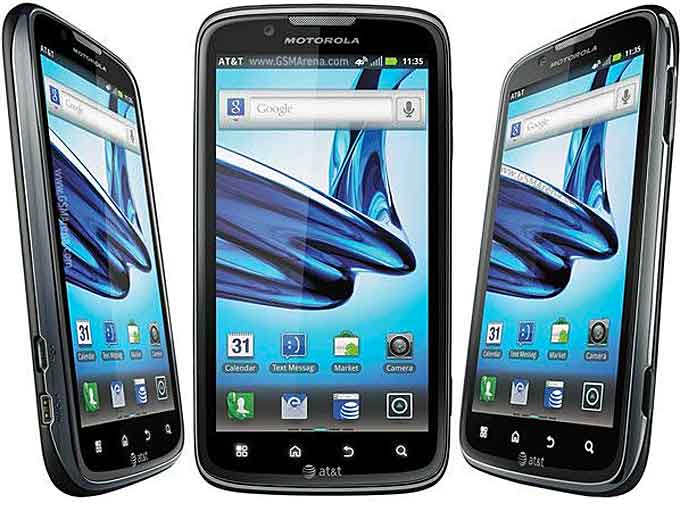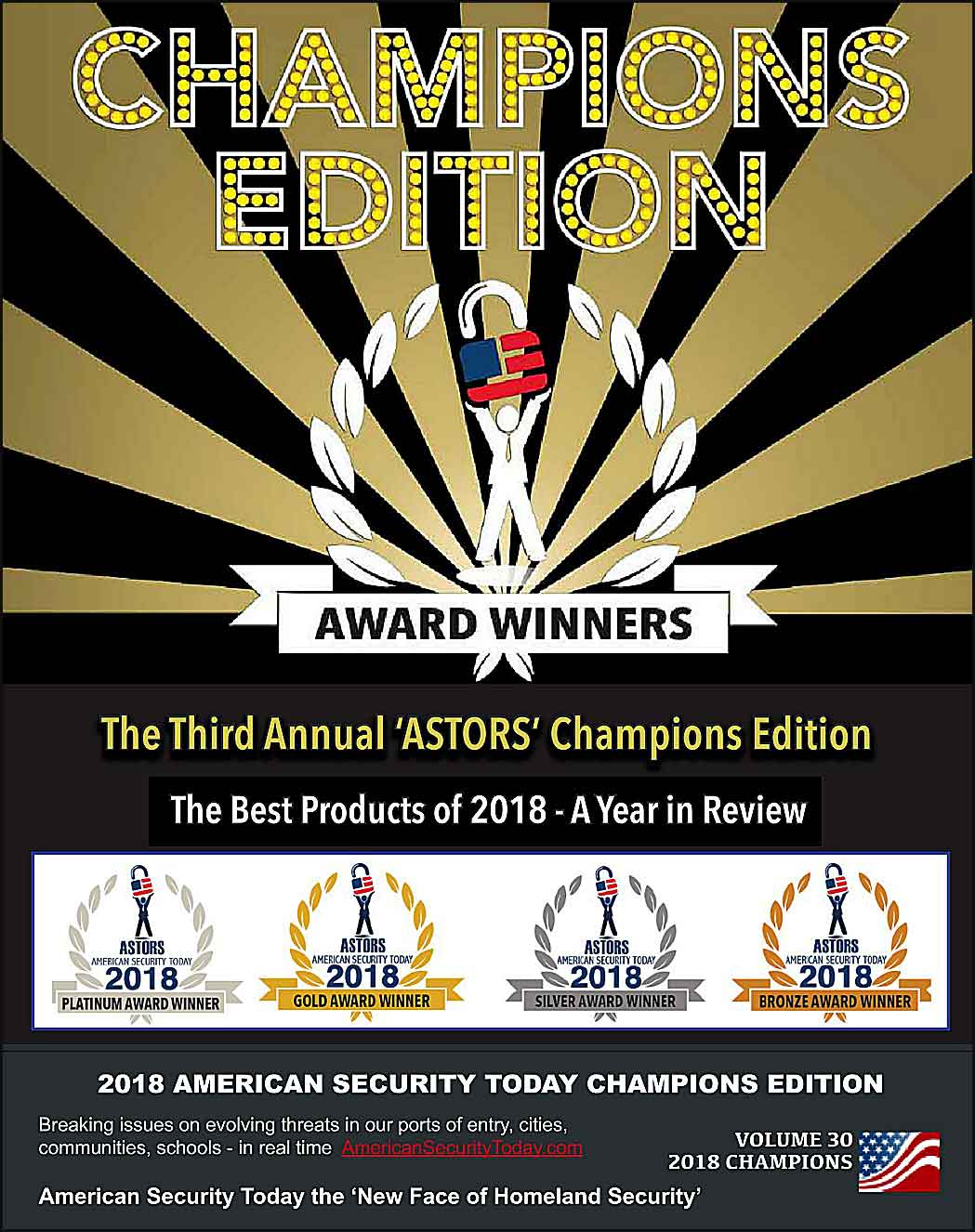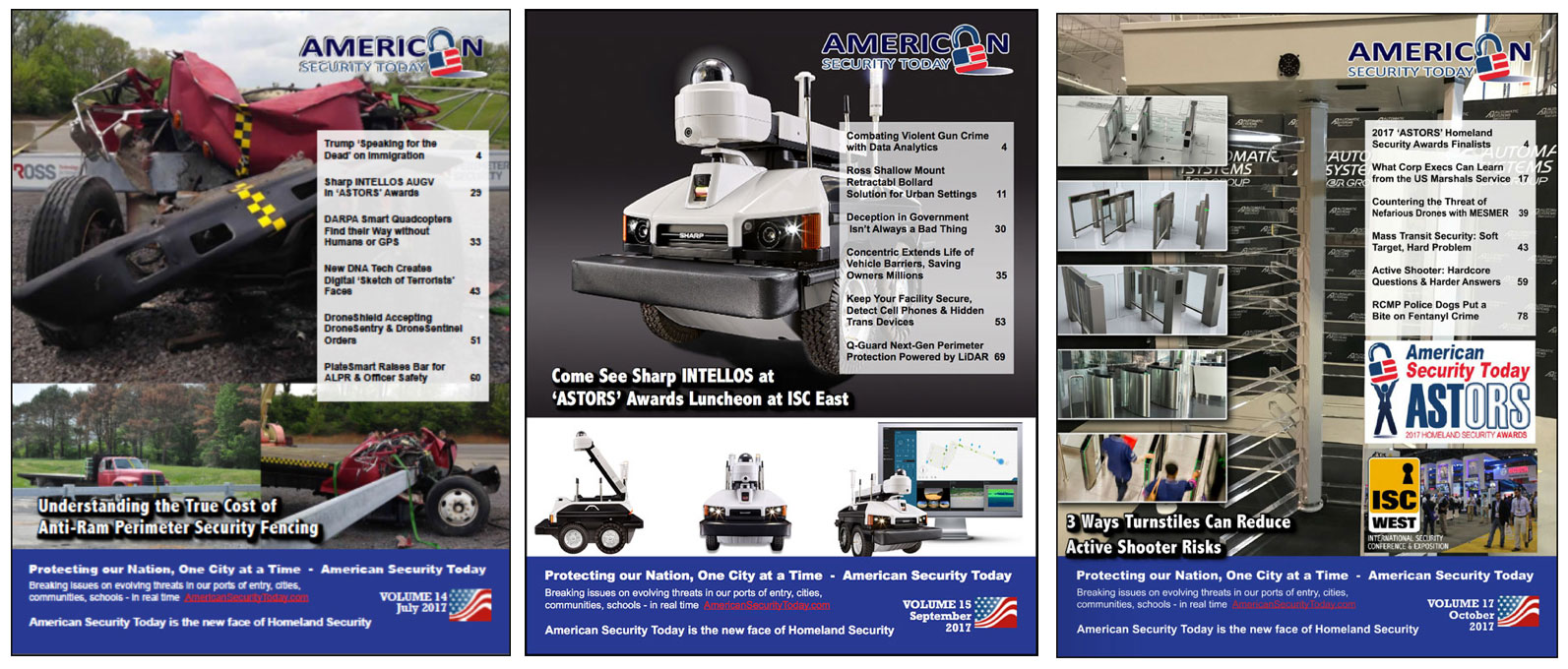
Veridium, a leading developer of user-centric authentication solutions, and a Double-Winner in the 2018 ‘ASTORS’ Homeland Security Awards Program, has released the findings of its Biometric Consumer Sentiment Survey of more than 1,000 U.S. adults who use biometrics to log into their accounts.
 Veridium surveyed more than 1,000 U.S. adult consumers who had experience using biometric authentication, using Google Consumer Surveys.
Veridium surveyed more than 1,000 U.S. adult consumers who had experience using biometric authentication, using Google Consumer Surveys.
The survey reveals reveals a growing inclination for the technology, with 70 percent of respondents reporting that they would like to expand the use of biometric authentication into the workplace.
Survey respondents cited speed (35 percent), security (31 percent) and not having to remember passwords (33 percent) as the primary reasons for liking biometric authentication.

“The pace of mobile device innovation is moving at lightning speed, and as a result, we’ve seen an uptick in the adoption of biometric technologies in consumer-facing apps,” explained James Stickland, CEO, Veridium.
“With biometric authentication becoming more mainstream, enterprises are well positioned to introduce the technology to their employees to create a fast, secure and frictionless experience when logging into workplace networks and applications.”
(See how you can simplify two-factor authentication by eliminating costly security tokens and replace them with mobile biometric authentication using VeridiumAD. Eliminate the cost and hassle of tokens and improve security for your company. Courtesy of Veridium and Vimeo.)
Consumerization of Biometrics

While enterprises began introducing biometrics into the authentication process decades ago, the introduction of the technology into mobile devices was the catalyst for the consumerization of biometric authentication.
The first publicly available cell phone to include a fingerprint sensor was available in 2011 on the Motorola Atrix 4F.
Since then, the consumerization of the technology has exploded:
Biometric use across devices
- Consumers are using biometrics on personal devices, including their iPhones (68 percent), Android phones (25 percent), laptops (12 percent), tablets (11 percent), and smart speakers (5 percent).
Most preferred identifier
- The most common form of biometric identification used with cell phones (fingerprint) was also cited as most preferred by the majority of respondents (63 percent) over other features, such as facial recognition (14 percent), voice recognition (2 percent), or traditional passwords and PINs (8 percent).
Security of identifiers –
- Survey respondents believe that fingerprint recognition is the most secure (50 percent) over the security of facial recognition (14 percent) or voice recognition (4 percent).
Applications of biometrics –
- Not only are consumers using biometric authentication across an expanding set of devices, but the applications in which they are being used is also diversifying.
- Respondents are using biometrics to simply unlock their devices (80 percent), but also to access other applications including finance (35 percent), payments (31 percent), company networks (12 percent), travel (11 percent) and healthcare (10 percent).
 View this full screen Courtesy of Veridium
View this full screen Courtesy of Veridium
Success Hinges on Transparency
As more consumers consent to using biometrics, it’s critical that companies clearly communicate how they’re using and storing this personally identifiable information (PII).
When asked if they believe companies are storing their biometrics in an ethical way, more than half of respondents (57 percent) are either unsure or neutral.
Only about a third of respondents (35 percent) agree or strongly agree that their biometric data is being stored ethically.
It’s important for companies to be transparent about how PII is being stored, as uncertainty could hinder adoption.
This is a missed opportunity by companies, as multi-factor authentication leveraging biometrics can be a very effective layer of security, mitigating the impact of passwords stolen in data breaches or instances of identity theft.
These are scenarios that consumers know all too well, with 38 percent of survey respondents confirming that they have been victim of a data breach.
Forty-four percent of respondents believe that replacing traditional passwords and PINs with biometric authentication would better protect their personal information.
Generational Differences

While the majority of survey respondents (70 percent) would like to expand use of biometric authentication into the workplace, their preferences for doing so differs widely according to age.
- Each age group has a different reason for using biometric authentication.
- Millennials (those under 35 years old) value speed (46 percent), Generation X (ages 35-55) values not having to remember passwords (44 percent) and Baby Boomers (over 55 years old) value security (30 percent) more than anything.
- Despite being deemed the generation of digital natives, millennial respondents surprisingly prefer traditional passwords (47 percent) over any form of biometric authentication.
- This preference varies over other age groups as well. Generation X’s number one preferred biometric authentication feature is fingerprint (42 percent), while Baby Boomers opt for voice (30 percent).
- Millennials most frequently use biometrics to access financial applications such as banking apps or ATMs (46 percent), followed closely by payments (45 percent).
- Alternately, Generation X’s number one application of biometric authentication is for travel (41 percent), and Baby Boomers most use the technology for healthcare applications (28 percent).
- Millennials are more likely than other generations to say they haven’t been the victim of a data breach (46 percent).
- Generation X is more likely than any other generation to have been the victim of a data breach (47 percent).
Veridium Takes Home the Gold in the 2018 ‘ASTORS’ Homeland Security Awards Program
Veridium
-
Best Crime Prevention Program
for Federal/State /Local -
Veridium 4 Fingers Export Biometric Fingerprint Platform
-
Best Identification Mgmt Solution
-
Veridium Authenticator App 1.1.2 Biometric App
The Annual ‘ASTORS’ Awards Program is specifically designed to honor distinguished government and vendor solutions that deliver enhanced value, benefit and intelligence to end users in a variety of government, homeland security and public safety vertical markets.
 The 2018 ‘ASTORS’ Awards Program drew an overwhelming response from industry leaders with a record high number of corporate and government nominations received, as well as record breaking ‘ASTORS’ Presentation Luncheon Attendees, with top firms trying to register for the exclusive high – end luncheon and networking opportunity – right up to the event kickoff on Wednesday afternoon, at the ISC East registration!
The 2018 ‘ASTORS’ Awards Program drew an overwhelming response from industry leaders with a record high number of corporate and government nominations received, as well as record breaking ‘ASTORS’ Presentation Luncheon Attendees, with top firms trying to register for the exclusive high – end luncheon and networking opportunity – right up to the event kickoff on Wednesday afternoon, at the ISC East registration!
Over 130 distinguished guests representing National, State and Local Governments, and Industry Leading Corporate Firms, gathered from across North America, Europe and the Middle East to be honored among their peers in their respective fields which included:
- The Department of Homeland Security
- The Federal Protective Service (FPS)
- Argonne National Laboratory
- The Department of Homeland Security
- The Department of Justice
- The Security Exchange Commission Office of Personnel Management
- U.S. Customs and Border Protection
- Viasat, Hanwha Techwin, Lenel, Konica Minolta Business Solutions, Verint, Canon U.S.A., BriefCam, Pivot3, Milestone Systems, Allied Universal, Ameristar Perimeter Security and More!
The Annual ‘ASTORS’ Awards is the preeminent U.S. Homeland Security Awards Program highlighting the most cutting-edge and forward-thinking security solutions coming onto the market today, to ensure our readers have the information they need to stay ahead of the competition, and keep our Nation safe – one facility, street, and city at a time.
The 2018 ‘ASTORS’ Homeland Security Awards Program was Proudly Sponsored by ATI Systems, Attivo Networks, Automatic Systems, Desktop Alert, and Royal Holdings Technologies.
Nominations are now being accepted for the 2019 ‘ASTORS’ Homeland Security Awards at https://americansecuritytoday.com/ast-awards/.
Comprehensive List of Categories Include:
| Access Control/ Identification | Personal/Protective Equipment | Law Enforcement Counter Terrorism |
| Perimeter Barrier/ Deterrent System | Interagency Interdiction Operation | Cloud Computing/Storage Solution |
| Facial/IRIS Recognition | Body Worn Video Product | Cyber Security |
| Video Surveillance/VMS | Mobile Technology | Anti-Malware |
| Audio Analytics | Disaster Preparedness | ID Management |
| Thermal/Infrared Camera | Mass Notification System | Fire & Safety |
| Metal/Weapon Detection | Rescue Operations | Critical Infrastructure |
| License Plate Recognition | Detection Products | And Many Others! |
Don’t see a Direct Hit for your Product, Agency or Organization?
Submit your category recommendation for consideration to Michael Madsen, AST Publisher at: mmadsen@americansecuritytoday.com.
2018 Champions Edition
 See the 2018 ‘ASTORS’ Champions Edition – ‘Best Products of 2018 ‘ Year in Review’ for in-depth coverage of the outstanding products and services of firms receiving American Security Today’s 2018‘ASTORS’ Homeland Security Awards.’
See the 2018 ‘ASTORS’ Champions Edition – ‘Best Products of 2018 ‘ Year in Review’ for in-depth coverage of the outstanding products and services of firms receiving American Security Today’s 2018‘ASTORS’ Homeland Security Awards.’
Nominations for the AST 2019 ‘ASTORS’ Homeland Security Awards Program will officially open as of January 1st, 2019 at americansecuritytoday.com.
Enter Early to Maximize Media Coverage of your Products and Services at Kickoff, and Get the Recognition Your Organization Deserves!
And be sure to Register Early for the 2019 ‘ASTORS’ Awards Presentation Luncheon at ISC East 2019 to ensure your place at this limited- space event!

























